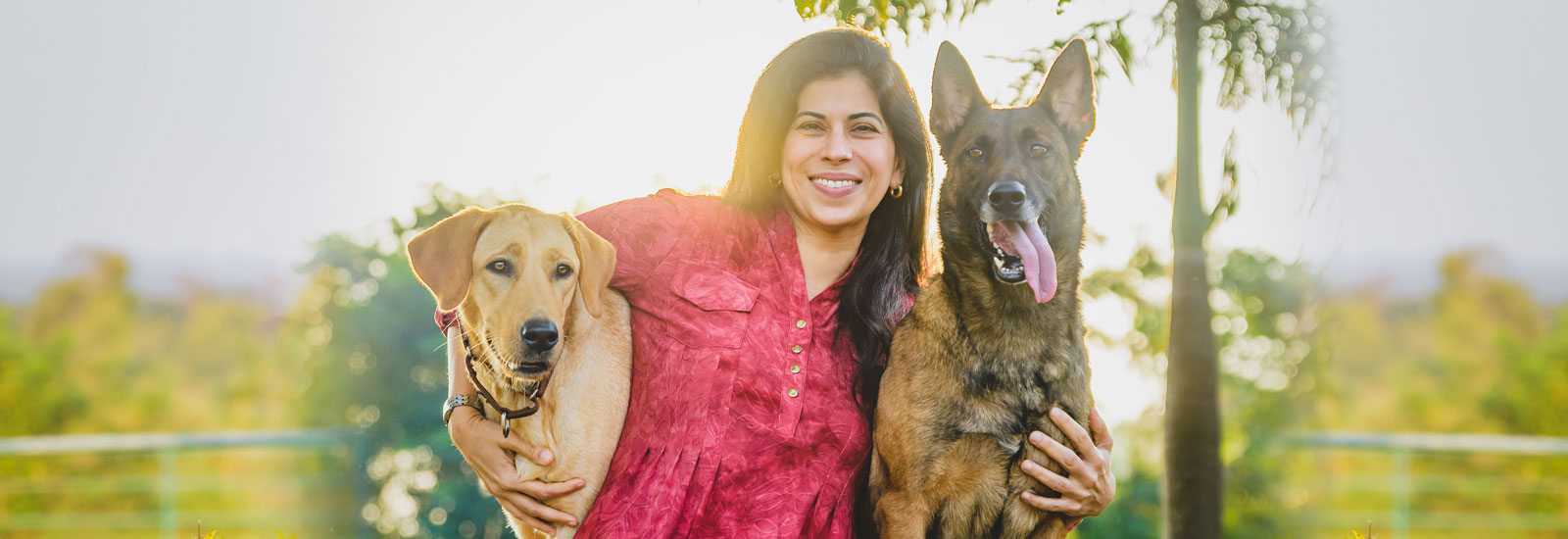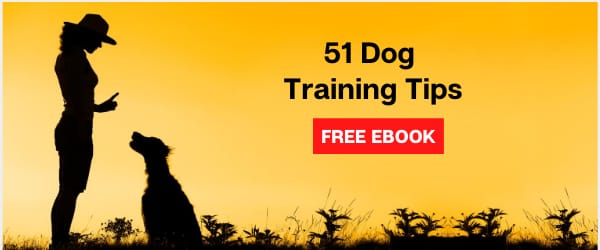
– By Namratha Rao
This morning, after the routine walk, my father took my dog to the basketball court. It is a safe dog-and-children hang-out spot most mornings. Today, there were two other dogs, half a dozen children, several balls and sticks being thrown for the dogs. After about 20 min of loitering, Ginger started moving towards the exit. She took a few steps up and looked back. My father followed. She took the path towards the gate and stopped – by then my father was striding towards her and some kids sounded the alarm: “Oh ginger has run out.” She ran towards the car park; my father, the children — one on a cycle — ran after her. Morning walkers stopped to watch the comic scene: A motley group of children and 1 adult man running after a determined, fool-angel of a golden dog. She entered the basement parking and stood by the elevator, as if to say, “TAKE ME HOME NOW!”
(How did it end? My father told my dog she was bad for running away, and made her “shake hands” with all the children who participated in the chase. She loves all kinds of human attention and obliged immediately)
I am sure this comic scene added some excitement to everyone’s mundane COVID lockdown days. I am glad for that, and very impressed by the dog who clearly knew what she was doing and what the consequences would be. She played the humans like a fiddle, and got what she wanted. No doubt, she will try this again.
I was struck by how delightfully Ginger communicated her desire, decided to take matters into her own hands, and led the unsuspecting humans into a fine chase.
This and many other such incidents about “naughty” dogs through the years have led me to think about a) How dogs exercise choice B) How can we, safely, give them choices so that they live content lives (and continue to enjoy our company)? I have two primary ideas:
The first that comes to mind is the Choice to Disobey. Your dog must absolutely learn some basic obedience commands, but using fear-based or aversive methods to compel them to obey is highly counterproductive. They completely damage any hope of a solid relationship between the two species.
Reward-based methods ensure the dog enjoys making those choices. It can be simple as the dog walking away during training, or getting distracted – I would encourage you to try a different activity, intersperse training commands with games, etc. There is little meaning in forcing the dog to listen to you, and a lot to be gained by understanding your dog – their attention span, what distracts them, what gets them to pay attention to you, etc. See how much you learn when the dog “disobeys”.
The Choice to Disobey is particularly important for adult dogs – when they disobey, you investigate. There could be underlying medical conditions or, as it surely was in Ginger’s case, the human could just be too boring. She was clearly fed up of activity at the basketball court and the lack of attention towards her.
The second is the Choice to Walk Away. Dogs are flight animals, i.e they prefer to walk or run away during stressful times. It is important to recognise when your dog is stressed, and allow them to make their most choice — to walk away.
For instance, for a dog who is fearful of other dogs, a small change in the path — walking in an arc (or changing directions totally) can do wonders to it’s confidence, their relationship, with you as well as their reactions towards other dogs. This is particularly important to those dogs we label “reactive”.
A lot of alarming dog behaviours are rooted in fear, and teaching the dog that they can walk away in stressful situations is very useful.
When scared (say, of fire-crackers or loud noises), many dogs tend to pick a hiding spot — under the bed at home, or under a car, outside.
Instead of forcing them out, use the Recall command or gently work on reducing the fear-based reactions with the help of a behaviourist. For those scared community dogs, leave out some water or food, but don’t cajole them out of their spot.
Other simple ways to allow your dogs to make choices are 1) Allowing them to choose the direction of the walk (please do not let them pull you, don’t forget, they still need to listen to you!) 2) Allowing them to choose the toys they want to play with (you choose the game to play with the toy!) 3) Handling! I am a big proponent of the pet-pet-pause framework – as you can guess, I pet the dog twice and wait to see if the dog asks for more pets or is prefers less contact!
Like with people, when the dog knows you are asking what it wants and listening, it feels seen.
Namratha Rao is a certified canine trainer and behaviourist, working since 2013 in India and USA. She has trained under internationally accredited trainers such as Shirin Merchant, John Rogerson and Michael Shikashio; and also with NGOs for rehabilitation and rehoming of dogs. She’s @pawsitivetales in Instagram and can also be found on www.pawsitivetales.com and https://www.facebook.com/pawsitivetale
- Life With a Beagle is Never Boring June 06, 2022
- Is The Beagle the Dog For You? June 02, 2022
- How to Find Pet-friendly Stays May 16, 2022
- Why a Senior Dog Makes such an Easy Pet May 02, 2022
- All you need to know about the Dachshund April 29, 2022
- Thinking of bringing home a second dog? September 13, 2021
- The power of letting the dog choose August 21, 2021
- The Most Spolied Dog In Paris October 01, 2019
- Canine Teach Corporates September 18, 2019
- A Doggy A Day Keeps The Cotor At Bay September 10, 2019
- 15 Best Loved Dog Movies August 31, 2019
- Helping A Child Get Over The Loss Of A Dog August 21, 2019

